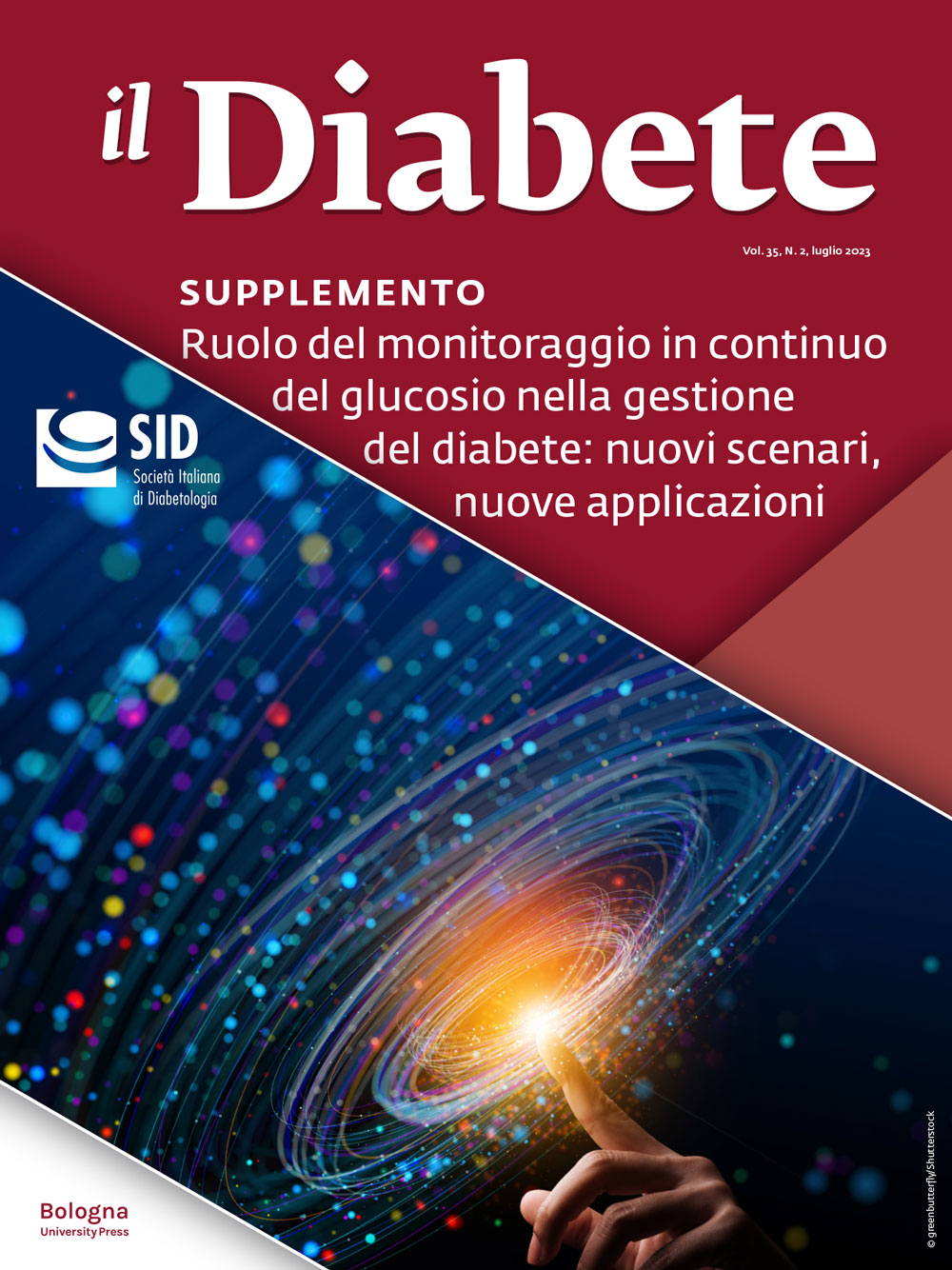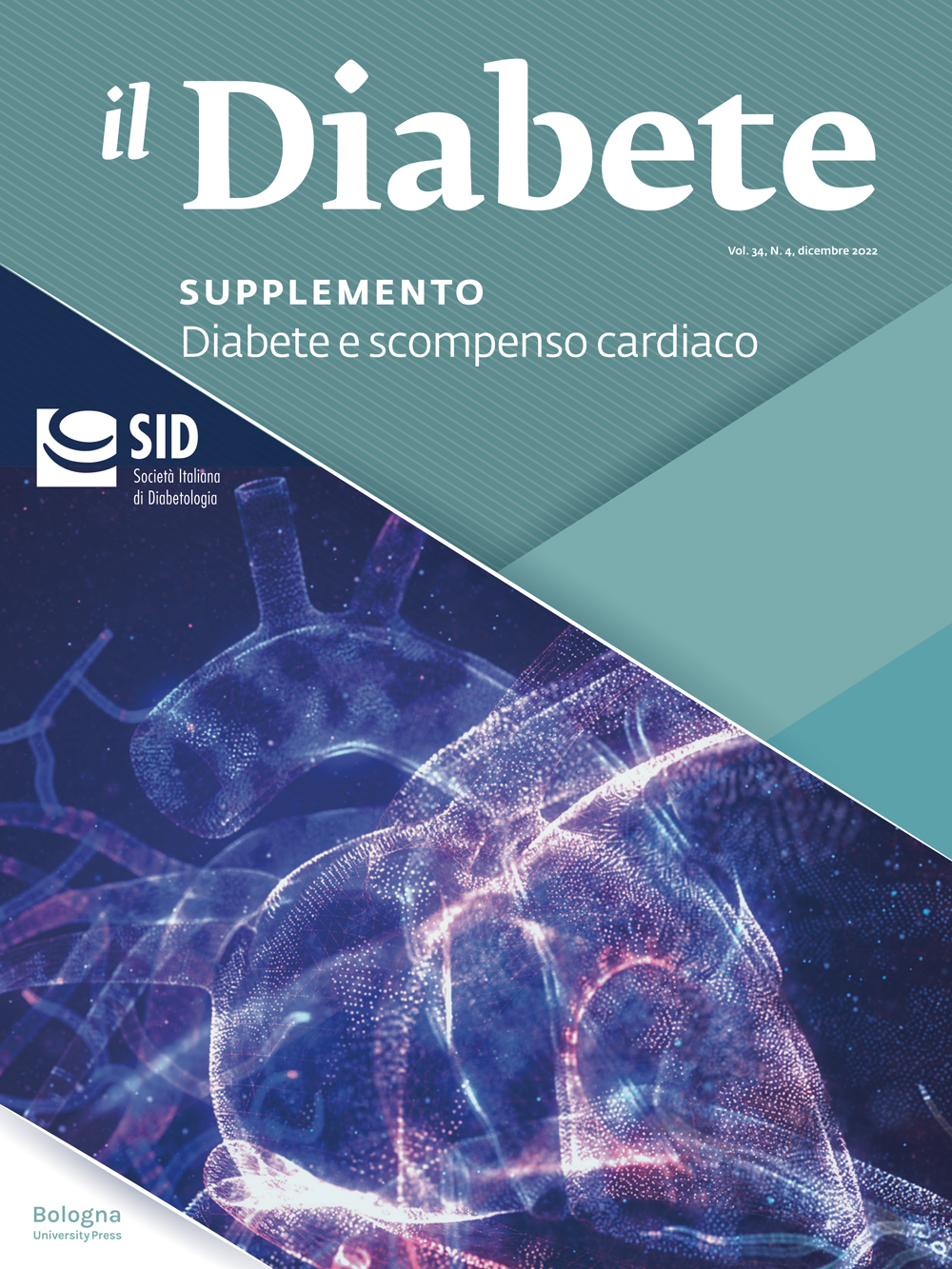Roma, 1 giugno 2015
Un anno di presidenza è già trascorso…
Carissimi colleghi ed amici,
un anno è già trascorso da quando ho iniziato il mio mandato di presidente della SID. È trascorso veloce tra una moltitudine di impegni che si sono sommati a non pochi altri. Altrettanto velocemente, con incedere incalzante e talora vertiginoso, trascorrerà il prossimo anno che si concluderà con il Congresso Nazionale di Rimini del 4-7 maggio 2016, in una sede bella, moderna, spaziosa, funzionale e mai utilizzata in precedenza dalla diabetologia italiana. A metà strada ci troveremo numerosi a Riccione per Panorama Diabete (17-22 ottobre 2015) ma prima e dopo di allora ci saranno certo molte altre occasioni di incontro per discutere con piacere delle nostre esperienze e per aumentare le nostre conoscenze sul diabete.
Credo sia doveroso riassumere in questa lettera quello che è stato fatto nell’anno trascorso dal momento in cui, a Bologna, abbiamo celebrato insieme il cinquantenario della SID e il prof. Del Prato mi ha passato il testimone presidenziale. Premetto che quello che è stato fatto è frutto anche dell’impegno di 5 formidabili segretarie (Alessia, Alessia bis, Barbara, Eleonora e Luisa) e di oltre 200 soci che, con vari incarichi, stanno lavorando in SID per la comunità diabetologica italiana. Primi fra tutti i componenti del Consiglio Direttivo Nazionale (il presidente eletto Sesti e i colleghi Bolli, Bossi, Bruttomesso, Buzzetti, Giacco, Giorgino, Gruden, Lauro, Luzi, Miccoli, Sciacca, Spallone, Targher) ma anche i componenti dei vari Comitati societari (Scientifico, Didattico, Socio-Sanitario, Editoriale e della Comunicazione), i membri dei Comitati di Coordinamento dei numerosi Gruppi di Studio (societari ed intersocietari) e dei vari Gruppi di Lavoro, coordinatori e membri del Centro Studi e Ricerche e degli Steering Committee dei grandi studi della SID, i redattori del Journal Club e coloro che esercitano funzioni di sorveglianza (Probiviri, Comitato per la Research Misconduct, Revisori dei Conti), nonché i Presidenti e i Consiglieri delle Sezioni Regionali. A tutte queste persone porgo il mio più sentito ringraziamento personale e deve andare la gratitudine di tutti i soci della SID e di tutti i diabetologi italiani (la SID lavora per tutta la comunità diabetologia e non solo per i suoi soci).
Recentemente sono stati intensificati i rapporti fra Presidenza Nazionale e Presidenze Regionali, così come fra Presidenza Nazionale e Coordinatori dei Gruppi di Studio e, in genere, fra Consiglio Direttivo della SID e diabetologi italiani. A proposito di intensificazione dei rapporti, va ricordato uno storico incontro congiunto dei Consigli Direttivi di SID e di AMD voluto dalle due presidenze per meglio armonizzare alcune iniziative congiunte, per porre le basi per la stesura di vari documenti, incluse alcune lettere a destinatari istituzionali (Ministero, AIFA) e per sgombrare il campo da malintesi ed equivoci che qualche mese fa avevano generato alcune turbolenze.
L’attività si è sviluppata in tutti gli ambiti in cui la SID si muove: scientifico, formativo, divulgativo, politico-sanitario. A proposito di quest’ultimo vanno menzionate le iniziative riguardanti la tutela dell’accesso alle tecnologie (glucometri, microinfusori, sensori del glucosio) e ai farmaci innovativi, grazie alla promozione di rapporti collaborativi e costruttivi con le istituzioni pubbliche (Ministero della Salute, AIFA, AGENAS). In tale contesto vanno ricordati soprattutto l’azione incisiva che ha permesso di ripristinare la rimborsabilità delle incretine orali e iniettabili in associazione con l’insulina, la presa di posizione netta ed efficace, almeno in alcuni contesti, contro improduttive e penalizzanti gare per l’acquisizione di glucometri, la recente richiesta di riconoscimento della diabetologia fra le branche presenti nel nomenclatore delle prestazioni sanitarie. A cavallo fra l’attività politico-sanitaria, quella divulgativa e quella formativa va menzionata la decisione, condivisa con AMD, di produrre con cadenza annuale o biennale un volume sullo stato del diabete in Italia che includa, anche grazie a contributi di rappresentanti delle istituzioni pubbliche, informazioni esaustive sull’organizzazione e l’articolazione della cura per le persone con diabete nel nostro Paese, sulla reale offerta sanitaria nei vari ambiti (es. piede diabetico, microinfusori) e sui risultati assistenziali. La prima edizione sarà disponibile entro l’autunno di quest’anno, idealmente in occasione della Giornata Mondiale del Diabete 2015. In tale periodo sarà pronto anche un nuovo report dell’Osservatorio ARNO Diabete, redatto in collaborazione con il CINECA, che sarà presentato durante uno specifico convegno in calendario a Bologna il 6 Novembre 2015. Da sottolineare che dall’analisi dei dati dell’Osservatorio ARNO sono emerse informazioni sul consumo di risorse che hanno stimolato una serie di iniziative che possono tradursi in una utile spending review in diabetologia. Su questa la SID fornirà a breve una posizione ufficiale.
In tema di divulgazione una particolare menzione merita il completamente rinnovato sito web societario, ora diventato un vero e proprio portale, ricco di informazioni per i cittadini, le persone con diabete, tutti coloro che operano per la loro cura e anche i ricercatori. Il sito continuerà nei prossimi mesi ad espandersi e per farlo ha bisogno del contributo di tutti i soci. Questo contributo è quindi sollecitato ed è atteso da parte di chi finora non ha contribuito.
L’offerta formativa è stata ampliata ed è in atto un processo di diversificazione dei fruitori, passando dai soli diabetologi alle altre figure professionali facenti parte del team diabetologico (infermieri, dietisti, podologi, psicologi) ma anche a specialisti di altre discipline, medici di medicina generale, medici delle direzioni sanitarie, farmacisti, ecc. Oltre alla formazione residenziale, talora proposta con nuove modalità didattiche, anche grazie a fruttifere collaborazioni con soggetti esterni, è in fase di rafforzamento il programma di formazione a distanza e verrà riproposta a breve anche una formazione sul campo. Inoltre, è stato completamente ristrutturato il Journal Club che offre ora recensioni della letteratura riguardante tutti gli ambiti della diabetologia. È stimolante svegliarsi al mattino e, accendendo lo smartphone, leggere le ultime novità della ricerca commentate da valenti colleghi.
L’attività scientifica è proseguita nei grandi studi, tuttora in corso, GENFIEV, MINDIT, NIRAD, RIACE, TOSCA e con il ruolo incessante di SID nel promuovere e sostenere ricerca mediante borse di studio, finanziamenti di progetti individuali e travel grants, concretizzati anche grazie alla sensibilità e al sostegno incondizionato di aziende che hanno fornito importanti risorse economiche. La SID è anche entrata a far parte di una cordata che sta partecipando alle call di Horizon 2020 e, insieme alla Fondazione Diabete Ricerca, sta lanciando numerosi studi di tipo “real world” su vari temi della diabetologia.
Da ultimo propongo alcune riflessioni su Panorama Diabete. Il format sarà quello consueto, molto improntato alla presentazione e alla discussione degli aspetti clinici della diabetologia seppure nel rigore metodologico peculiare del contesto scientifico. Un format che tanto successo ha riscosso nelle precedenti edizioni. Il programma definitivo sarà presentato fra pochi giorni ma posso anticipare che sarà molto ricco ed interessante. In occasione di Panorama Diabete, a suggellare il principio che il diabete non è curato da un singolo specialista ma da un team di professionisti, ci saranno eventi formativi dedicati agli infermieri, ai dietisti, ai podologi, agli psicologi. Inoltre, negli stessi giorni di Ottobre si terrà un simposio in cui i diabetologi saranno discenti e rappresentanti delle istituzioni pubbliche e delle aziende del settore diabetologico fungeranno da docenti su argomenti di interesse comune. Infine, in quei giorni di Ottobre si terrà a Riccione la Conferenza delle Associazioni delle Persone con Diabete, curato da Diabete Italia, a confermare il fatto che tutti i protagonisti saranno sulla scena a Panorama Diabete.
Chiudo con un saluto affettuoso a tutti e con l’augurio che l’estate porti serenità e un po’ di riposo. Ho l’impressione che se ne abbia tutti un gran bisogno.
Enzo Bonora



